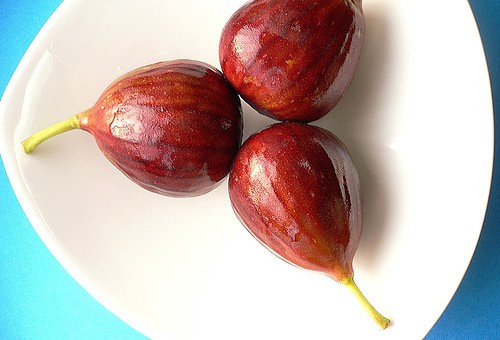The pistachio is a small tree native to some regions of Syria, Iran, Turkey,Greece, Turkmenistan, Pakistan, and possibly Afghanistan(especially in the provinces of Samangan and Badghis), that produces an important culinary nut. Pistacia vera often is confused with other species in the genus Pistacia that are also known as pistachio. These species can bedistinguished from P. vera by their geographic distributions (in the wild) and their nuts. Their nuts are much smaller, have a strong flavor of turpentine, and have a shell that is not hard. The word pistachio is a loanword from Persianword پسته Peste via Latin.
The pistachio tree is native to western Asia and Asia Minor,from Syria to the Caucasus and Afghanistan. Archaeological evidence in Turkey indicate the nuts were being used for food as early as 7,000 B.C. The pistachio was introduced to Italy from Syria early in the first century A.D. Subsequently its cultivation spread to other Mediterranean countries. The tree was first introduced into the United States in 1854 by Charles Mason, who distributed seed for experimental plantings in California, Texas and some southern states. In 1875 a few small pistachio trees, imported from France were planted in Sonoma, Calif. In the early 1900’s the U.S. Dept. of Agriculture assembled a collection of Pistacia species and pistachio nut varieties at the Plant Introduction Station in Chico, Calif. Commercial production of pistachio nuts began in the late 1970’s and rapidly expanded to a major operation in the San Joaquin Valley. Other major pistachio producing areas are Iran and Turkey and to a lesser extent, Syria, India, Greece, Pakistan and elsewhere.
Health Benefits of Pistachio
Pistachios are a good source of copper, phosphorus, potassium, magnesium, and B6. The nuts deliver 30 vitamins, minerals, and phytonutrients, so they pack a considerable wallop from a nutritional standpoint.
Fiber in Pistachios
Pistachios contain fiber. Lots of it! Pistachios, in fact, contain higher amounts of fiber than many high-fiber foods. If you are trying to boost your intake, pistachios are an excellent source of dietary fiber.
Pistachio Protein
If you are looking to replace animal protein with vegetable protein, pistachios eaten in conjunction with protein-rich grains, vegetables, and fruits, can help you to add protein to your diet. Pistachio nuts are an excellent source of vegetable protein.
Pistachios and Antioxidants
Oxidative stress can cause damage to the human body, resulting in diseases such as cancer and heart disease. Dietary antioxidants help to reduce the damage. Pistachios contain phenolic compounds, which are believed to account for the antioxidant capability of certain foods. The pistachio nut is placed in the highest group for antioxidants.
Carotenoids
Pistachios contain significant amounts of the carotenoids lutein and zeaxanthin. These carotenoids have been linked to reduced risk of developing macular degeneration, a condition that results in blindness for aging Americans.
Phytosterols
Pistachios are also rich in plant sterols. Current research suggests that phytosterols may lower the absorption of dietary cholesterol from other foods. In fact, plant sterols are now being added to foods because of this beneficial effect.
A study published in the Journal of Agricultural and Food Chemistry reported on a comparison of 27 nut and seed varieties for phytosterol content. Sesame seeds and wheat germ topped the list, but are not consumed in significant amounts as individual foods, while pistachios and sunflower seeds had the highest phytosterol content of commonly eaten foods.

